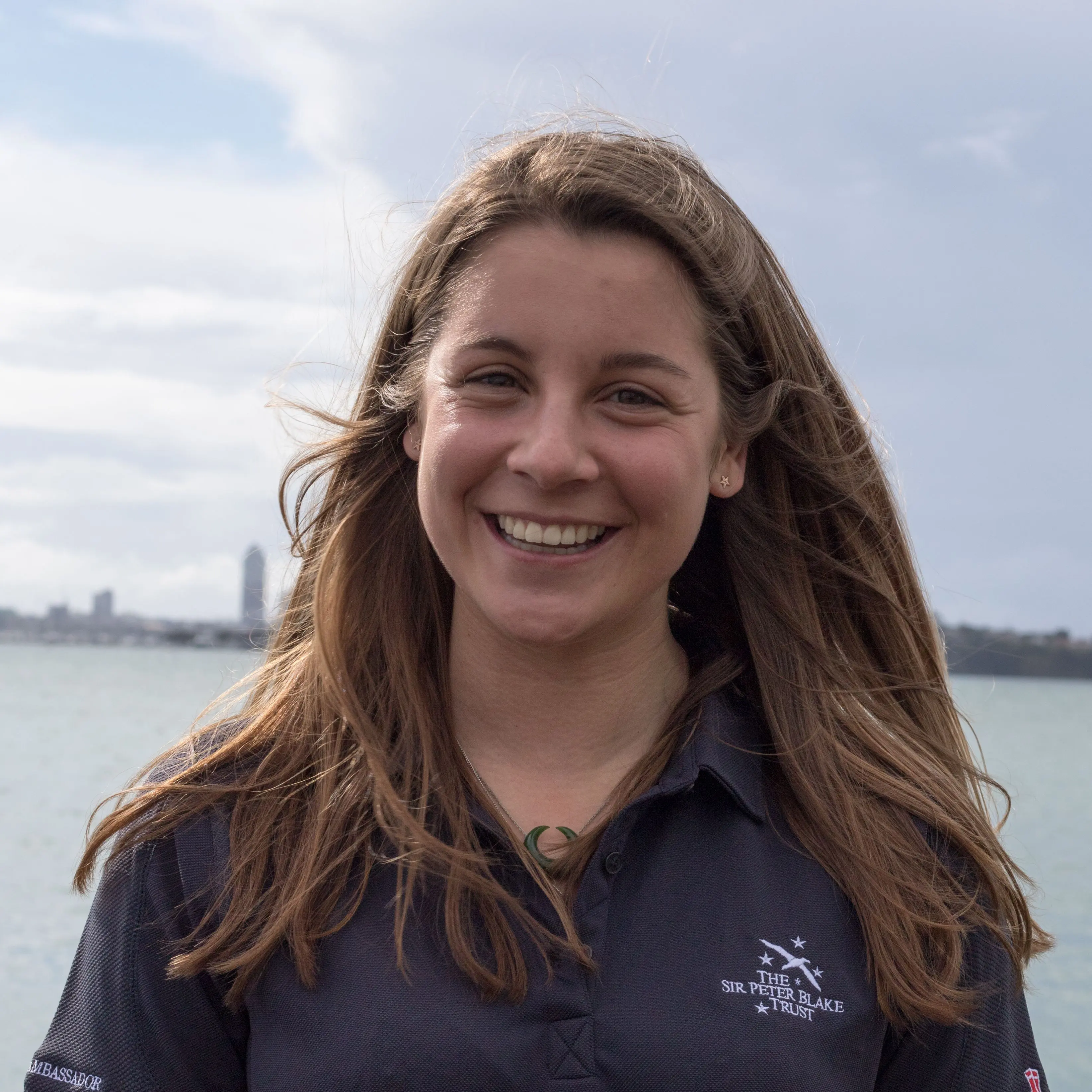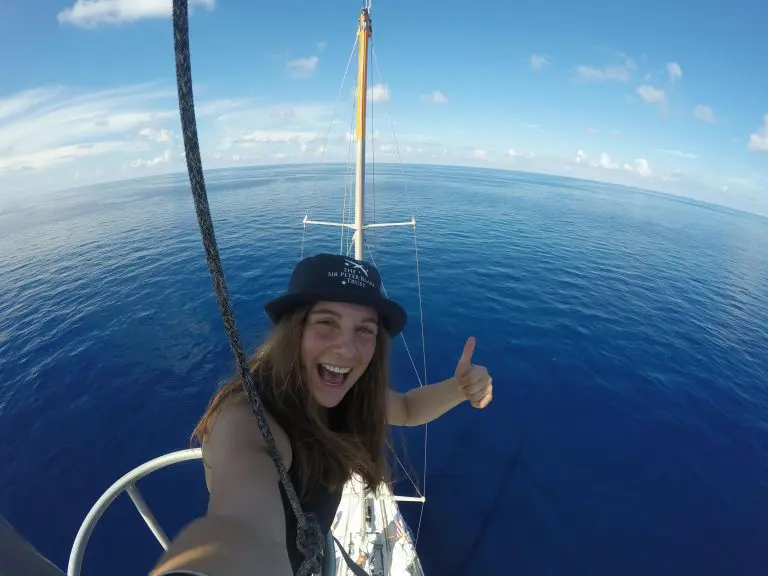Back in American waters, we have continued sampling and have gathered some very interesting results. Currently off the coast of North Carolina, our plankton trawls have our tow nets overloaded with abnormally large amounts of zooplankton and fish larvae. Although we have little evidence to validate, we can propose this may be due to effects from hurricane Florence. A hurricane causes strong winds and swells which can result in increased levels of surface water mixing. Previously separated by a thermocline (temperature gradient), layers of nutrient rich, denser waters can mix into the sunlit surface layers above. This can prompt rapid growth of primary production and phytoplankton, in turn providing a large food source for nightly migrations of zooplankton and fish larvae. The growth rate of phytoplankton can be rapid and perhaps we are now travelling through and witnessing the late effects of a phytoplankton bloom. Another indication of a phytoplankton bloom is the increase in dissolved organic material, which we have seen through onboard measurements in the dry lab. This hypothesis is also supported by our continual onboard measurements of ocean surface temperatures. We observed a depression in temperature as we transected through the path of Florence, which supports the hypothesis that the hurricane mixed surface waters with colder, nutrient-rich waters below.

Millie Mannering
BLAKE Tara Ambassador 2018


